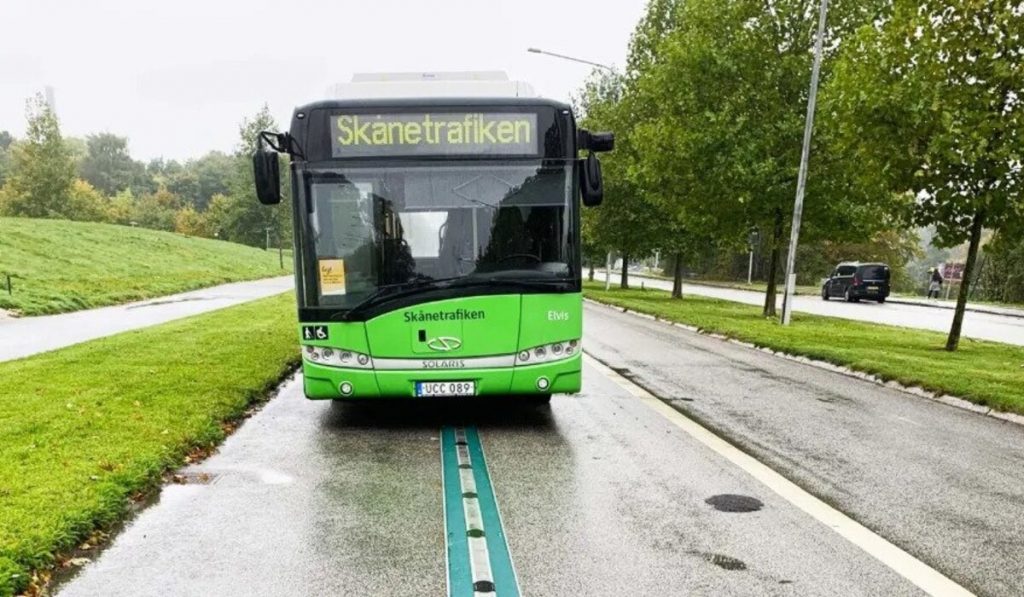Sweden is constructing a revolutionary electric road, the first of its kind worldwide, which will charge electric vehicles (EVs) while they are in motion.
Previously, Sweden experimented with four temporary electrified roads, including one in the southern city of Lund (depicted above). However, this new project aims to establish a permanent 21 km (13-mile) stretch of electrified road.
The Swedish transport administration, Trafikverket, is overseeing the construction of this groundbreaking road and is currently in the process of procuring a contractor for the project.
While the charging technology for this initiative has not yet been finalized, Trafikverket anticipates completing the design and construction by 2025, with the road becoming operational shortly thereafter.
Trafikverket is considering several options that it has already piloted, such as employing overhead power lines similar to tram systems, incorporating ground-level electric rails within the road to transmit energy to EVs through a conductive pickup beneath the vehicles, or utilizing road-embedded inductive coils to transfer power to the vehicles.
Situated on the E20 motorway, between Hallsberg and Örebro, the electrified highway was deliberately chosen due to its significant traffic volume, particularly for the commercial transport of goods.
This motorway spans from Stockholm in the north, passing through Gothenburg, and extending to Malmö in the south. Furthermore, the selected route benefits from an adequate power supply to support the project.
In March, Chalmers University of Technology in Sweden published a study proposing that a combination of electric roads covering 25% of the busiest national and European routes, alongside home charging for EVs, would be the optimal strategy for transitioning to electric vehicles.
The researchers argue that if this scenario were to materialize, EV batteries could be considerably downsized, potentially reducing their current size to just one-third.

